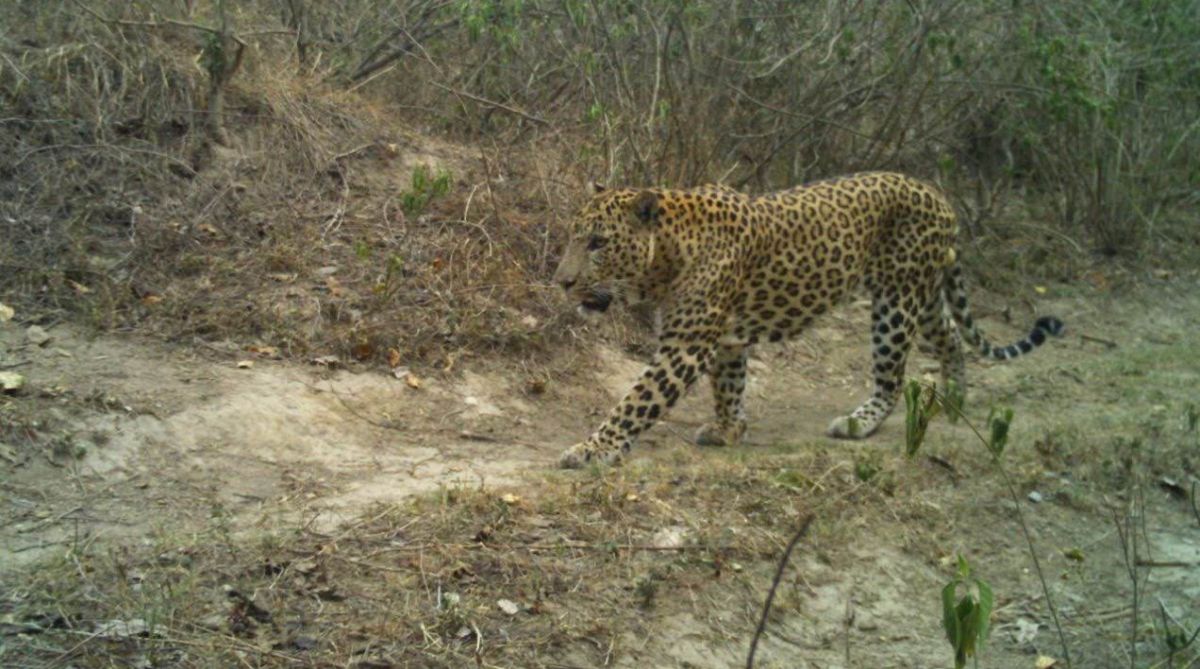Initiative to detect active TB cases in UP and Uttarakhand
The initiative is undertaken by the Institute of Heart and Lung Diseases (IHLD) in collaboration with Krafton India.
Leopard attacks have claimed 18 lives in the area in the last four years; latest victim was a 56-year-old whose body was found on 10 July

As many as 18 persons have lost their lives in leopard attacks in Raiwala in the last four years.
A team of specialised shooters, deployed by the Uttarakhand forest department, gunned down a man-eater female leopard of Raiwala (Haridwar) on Wednesday morning. The Raiwala leopard is believed to have killed several people in the last few years.
The Raiwala area, a 10-km patch on the Haridwar-Rishikesh-Dehradun highway, has reported 18 deaths in leopard attacks in the last four years.
While it was earlier believed to be the handiwork of one man-eater, and the forest department had on 21 May accordingly issued orders to shoot it down, the Rajaji Tiger Reserve management now feels more than one man-eating felines are active at Raiwala.
Advertisement
Veterinary doctors are conducting the postmortem of the leopardess killed on Wednesday.
READ | Fresh kill indicates man-eating leopards active in Raiwala
The last person to die after being attacked by a leopard was Surat Negi (56), who had gone to the forest at Raiwala to look for his buffalo late Monday evening (9 July). His body was recovered on Tuesday. This was the 5th kill at Raiwala in 2018.
The latest incident forced the Rajaji Tiger Reserve management to reach the conclusion that more than one man-eating leopards were active in the area.
It is estimated about one dozen leopards are using the 10-12 km cramped area of Raiwala — that has a railway station, a high-traffic highway, an Army cantonment, a busy market place and residential areas — for their habitat.
According to Rajaji Tiger Reserve Director Sanatan Sonker, at least three man-eating leopards are active in and around Raiwala. “In the past we shifted five leopards by tranquilized them and six other by trapping then in cage. But, even after moving eleven leopards from the affected area the problem persists,” he told The Statesman.
Advertisement